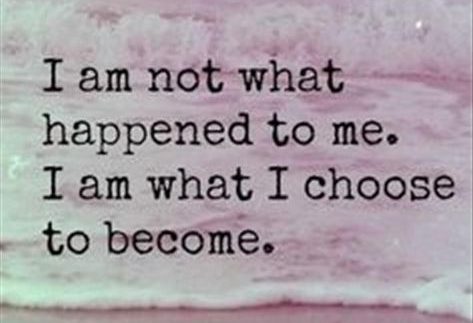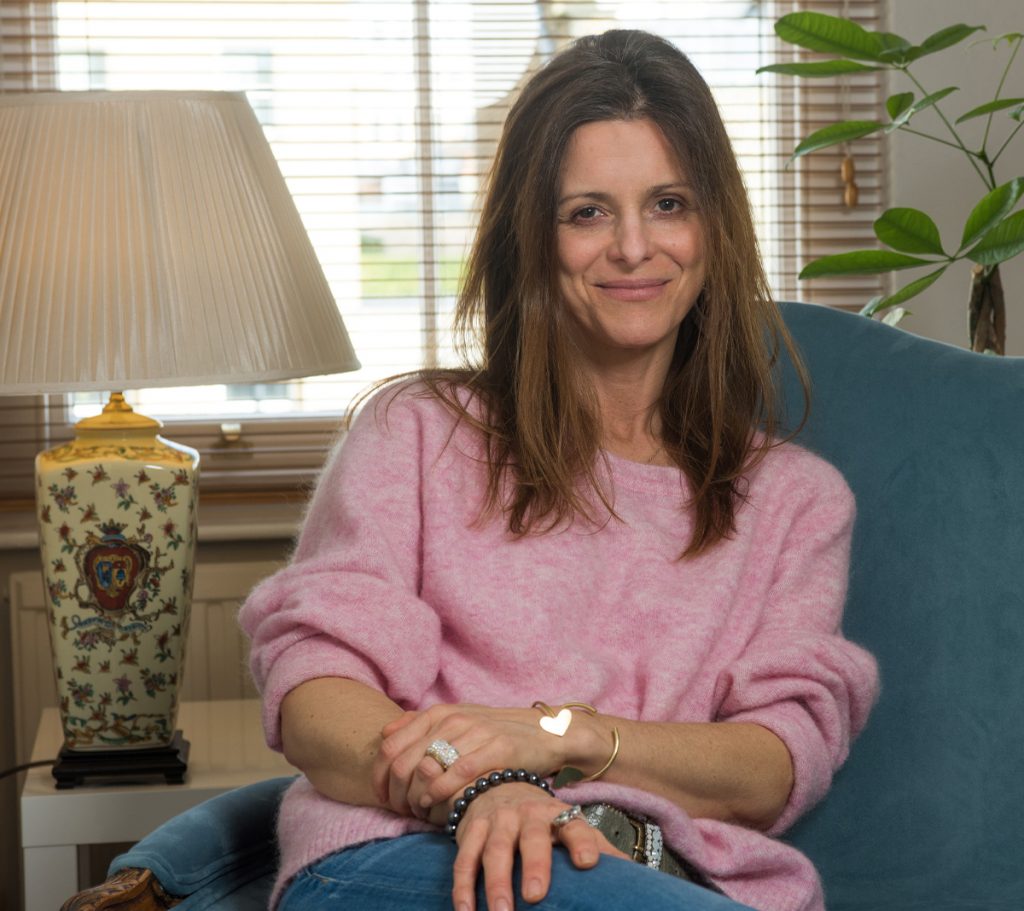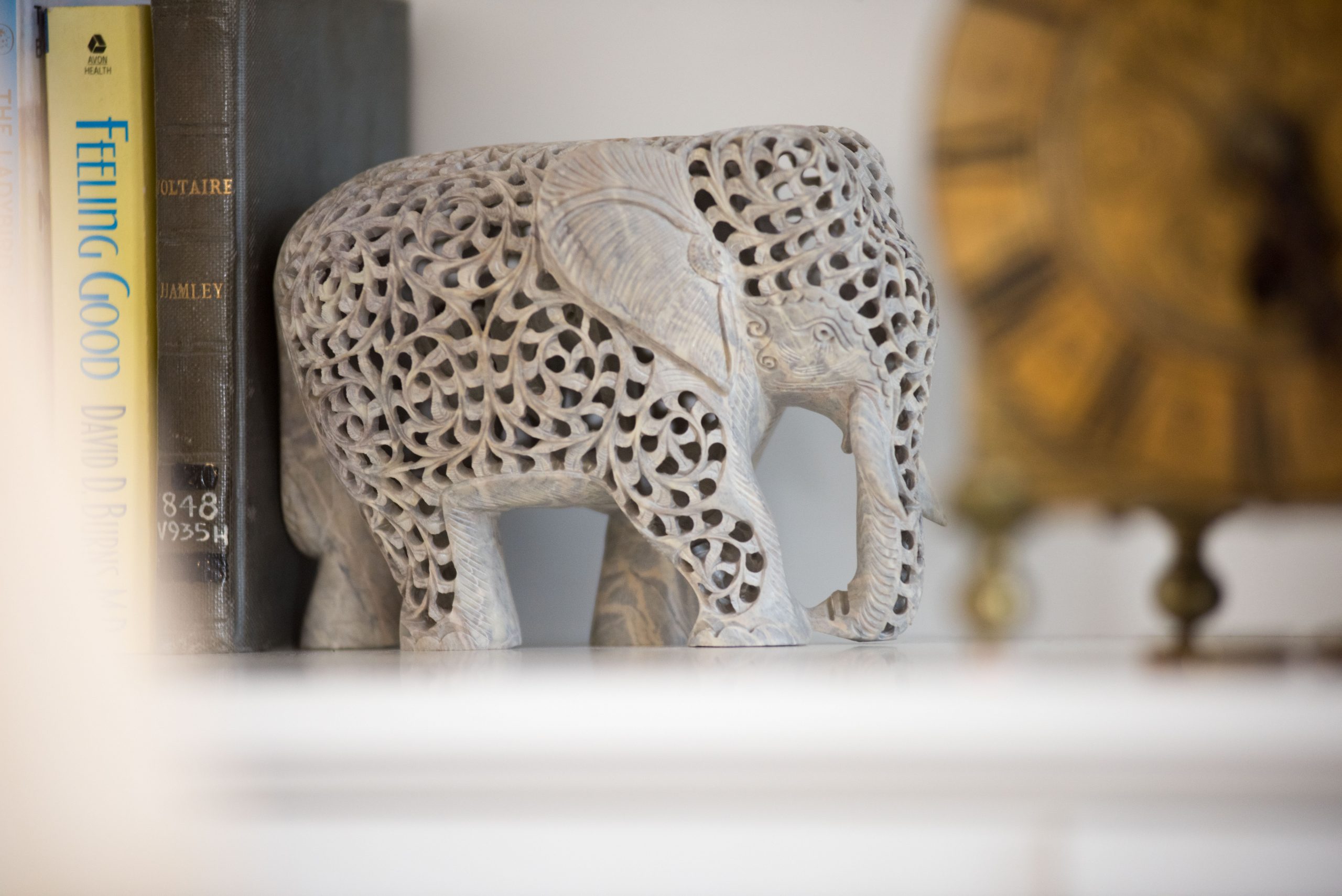This is the second post in a Trauma series by Lucinda.
Post 1: The Brain’s Response to Trauma
Big T vs Little t
When we are looking at and assessing trauma, we divide it into two categories: Big T Trauma and Little t Trauma. However, neither one of these is bigger than the other despite what their name implies. Essentially a Big T Trauma is a situation in which we feel our physical life is in danger: a car crash, terrorist attack, natural disaster, being kidnapped, being physically assaulted. Alternatively, Big T could be when our emotional state is threatened so violently that, in that moment, it feels overwhelming; sexual abuse, death of a loved one, bullying, witnessing a suicide or homicide.
Little t Trauma on the other hand occurs during our childhood and is when our emotional safety is threatened. This could look like being shamed, being compared unfavourably to our peers, being over indulged, being under indulged, having emotionally absent parents, or not being encouraged to grow into who we really are as an individual.
For a child to feel emotionally abandoned by a parent is just as painful being physically abused – sometimes even more so. And abandonment trauma is one of the most prolific little t traumas that there is.
For both sets of traumas, Big T and Little t, the physiological process in the brain is exactly the same. It is these unresolved “stuck” memories and feelings that constitute the trauma that affects us as we grow older.

It Hurts Like Hell
So why don’t we look at this trauma and process it automatically?
Think about what it’s like to be threatened with a gun or a knife, or to witness a terrorist attack, or to be sexually assaulted, or to be hit, or to be bullied, or to feel in our core that our mother does not love us, or to feel that we are not important or special or loved.
It hurts like hell, right? And this is one of the reasons we don’t look at our trauma. It feels way safer to bury it instead. So instead of facing it and processing it, we unconsciously protect ourselves from it by hiding it away.
But when we bury our feelings, we need pick up behaviours to keep the feelings buried, and these behaviours are generally pretty maladaptive. This is where the symptoms of trauma come in. We have a drink, we smoke a cigarette, we go shopping. We reach for something external.
These external vices have a soothing effect, and it is easier to feel soothed by something external than it is to soothe ourselves – especially if we were not suitably soothed when we were little. By doing all of this, we are unconsciously preventing old hurts from coming up. We want – we need – to keep them hidden, in order that we can function in our day-to-day lives.
Another way we keep things buried is by changing our behaviours to avoid old hurts. For example, we might people-please when confrontation feels too difficult. Or we might become grandiose when we don’t want anyone to see that we feel useless inside.
All of these are signs and symptoms of unresolved trauma from the past – Big T, or Little t, or both. And trauma can be healed.
Trauma healing can be anything from EMDR, AF-EMDR, AI-EMDR, Somatic Experiencing, Trauma-informed CBT, Kundalini Yoga, or Analytical Hypnotherapy to name but a few.
Most of the time, when we have suffered trauma – Big T or Little t, we have not had a sufficient support network available to process it at the time, and we have felt unseen and unheard. More often than not, this lack of others giving us what we need is why our difficult experiences don’t get processed.
This is why we need a compassionate witness. We need someone to see through our pain to our beauty underneath it, and to hold that space for us whilst we discover it for ourselves. Having someone, such a therapist, to help process and understand this pain is the first step to be free from it.

Author: Lucinda Gordon-Lennox
Trauma Specialist MSc (Reg MBACP, FDAP Accred)





